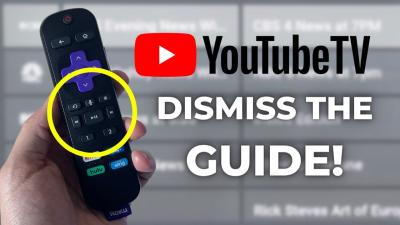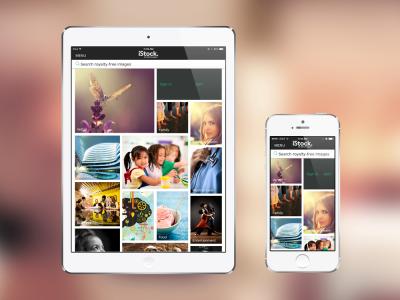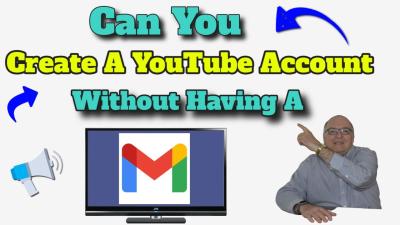1.Introduction
The future of YouTube holds exciting prospects for content creators, as emerging trends and opportunities shape the platform's landscape. Short-form content opens up new avenues for creativity and engagement, enabling creators to experiment with storytelling techniques and explore innovative ways to connect with their audience.Another trend that presents opportunities for content creators is the integration of virtual reality (VR) and augmented reality (AR) into the YouTube experience. A. By embracing these emerging technologies, content creators can elevate their content and provide viewers with truly engaging and immersive experiences that set them apart in the competitive YouTube landscape.Also Read This: Cropping Images with Ease in Paint
2. Live Streaming: Engaging Audiences in Real-Time

(a)The Rise of Live Streaming on YouTube
- Live streaming has become increasingly popular on YouTube, allowing creators to connect with their audience in real time.
- The platform has made significant improvements to its live streaming features, enhancing the overall quality and accessibility of live content.
(b)Interactive Experiences and Audience Engagement
- Live streaming enables creators to engage with their audience through interactive experiences such as Q&A sessions, live events, and product launches.
- Viewers can participate in real-time discussions, ask questions, and provide immediate feedback, fostering a sense of community and engagement.
(c)Gaming and Esports
- Live streaming has become a prominent platform for gaming content, with creators broadcasting their gameplay, hosting tournaments, and providing commentary.
- Esports, in particular, has gained substantial traction on YouTube, with live streaming of competitive gaming events attracting millions of viewers.
(d)Collaborations and Multi-channel Streams
- Creators are leveraging live streaming for collaborations and multi-channel streams, allowing them to join forces with other creators and reach broader audiences.
- These collaborations provide a unique opportunity for cross-promotion and mutual growth among content creators.
(e) Virtual Concerts and Live Performances
- Musicians and artists are utilizing live streaming to perform virtual concerts and showcase their talents to a global audience.
- Live performances, whether solo or collaborative, offer a convenient and accessible way for fans to enjoy live music experiences.
(f)Behind-the-Scenes and Real-Life Content
- Live streaming allows creators to share behind-the-scenes footage, vlogs, and real-life experiences with their audience in a more authentic and unfiltered manner.
- Viewers get a glimpse into the creator's daily life, fostering a deeper connection and sense of relatability.
(g)Monetization and Revenue Opportunities
- YouTube offers monetization options for live streams, including Super Chat, channel memberships, and ads during the stream.
- Creators can also leverage live streams to promote and sell merchandise, digital products, or tickets to exclusive events, generating additional revenue.
(h)Enhanced Production and Interaction Tools
- YouTube continues to enhance its live streaming features, offering creators tools for improved product quality and audience interaction.
- Features like live chat moderation, polls, and interactive graphics enhance the viewing experience and enable creators to better engage with their audience.
(i)Cross-platform Integration and Multi-channel Strategy
- Live streaming on YouTube can be integrated with other platforms, such as social media, to reach a wider audience and drive engagement.
- Creators can develop a multi-channel strategy, simulcasting live streams on YouTube and other platforms, to maximize their reach and impact.
(j)Future Possibilities: VR, AR, and Immersive Experiences
- As virtual reality (VR) and augmented reality (AR) technologies continue to evolve, YouTube is likely to explore more immersive live streaming experiences.
- Creators may have the opportunity to provide VR/AR-enhanced live content, creating captivating and interactive experiences for viewers.
Also Read This: The Ultimate Guide to the Best YouTube Downloaders
3. Virtual Reality (VR) and Augmented Reality (AR)
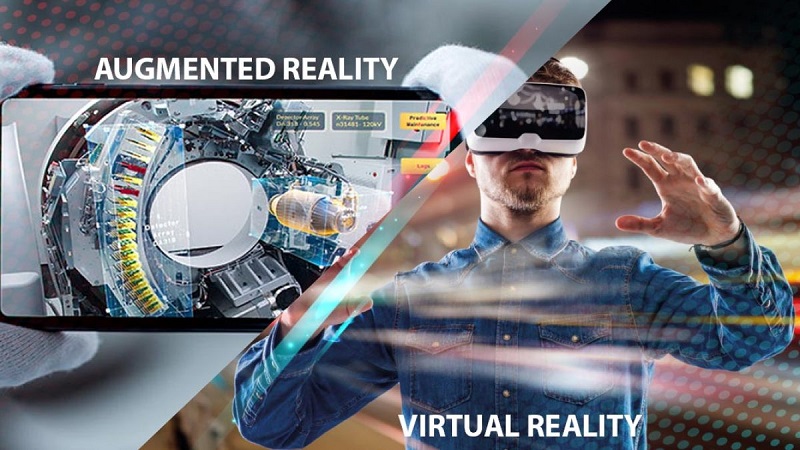
(a)Virtual Reality (VR) on YouTube:
- Immersive Experiences: VR offers a new level of immersion, allowing creators to transport viewers into virtual environments and provide highly engaging experiences.
- 360-Degree Videos: Creators can produce 360-degree videos that enable viewers to explore the content from different perspectives, enhancing interactivity and immersion.
- VR Gaming: Gaming content in VR has gained popularity, with creators showcasing gameplay experiences, reviews, and tutorials in virtual reality.
- VR Storytelling: VR allows creators to tell stories in a more immersive and interactive way, blurring the line between traditional narratives and viewer participation.
(b)Augmented Reality (AR) on YouTube:
- Overlaying Digital Elements: AR integration on YouTube enables creators to overlay digital elements onto real-world environments, enhancing the viewer's experience.
- Product Demonstrations: Creators can utilize AR to demonstrate products, allowing viewers to visualize how they would look or interact with the item.
- Educational Content: AR can be employed to provide educational experiences, such as interactive lessons, virtual tours, or visualizations that enhance understanding.
- AR Effects and Filters: Creators can develop AR effects and filters that viewers can apply to their own videos, fostering user engagement and interactivity.
(c)Opportunities for Content Creators:
- Innovative Content Creation: VR and AR provide new avenues for content creators to explore and experiment with innovative storytelling techniques and interactive experiences.
- Engaging Audiences: Immersive content has the potential to captivate and engage viewers on a deeper level, fostering stronger connections between creators and their audiences.
- Niche VR/AR Communities: As VR/AR technology becomes more accessible, specialized communities focused on VR/AR content are emerging, presenting opportunities for creators to cater to these niche audiences.
- Collaborations and Partnerships: Creators can collaborate with VR/AR developers, technology companies, or brands to create unique experiences and reach wider audiences.
(d)Challenges and Considerations:
- Technical Expertise: Creating VR/AR content often requires specialized equipment, software, and technical knowledge, which creators need to acquire or collaborate with professionals.
- Production Costs: VR/AR production can be more resource-intensive and costly compared to traditional content creation, requiring creators to plan and allocate budgets accordingly.
- Adoption and Accessibility: While VR/AR technology is advancing, the adoption rate and accessibility of VR/AR devices vary. Creators should consider the audience's access to such technologies when developing content.
🚀 Get ready for a revolution in virtual reality with #MetaBorn! Watch our mind-bending teaser trailer Pt.1.x and discover the future of AI Avatar experiences 🧬
🎬Find more on Youtube: https://t.co/WAbPpYmeGw pic.twitter.com/8hvGH4Tzy1— MetaBorn (@MetaBorn_) April 17, 2023
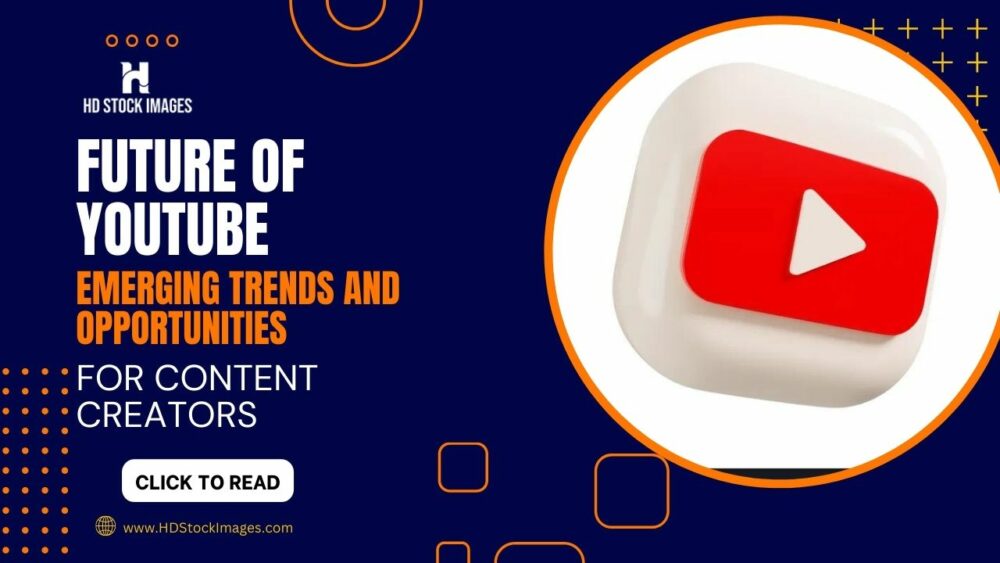
 admin
admin




